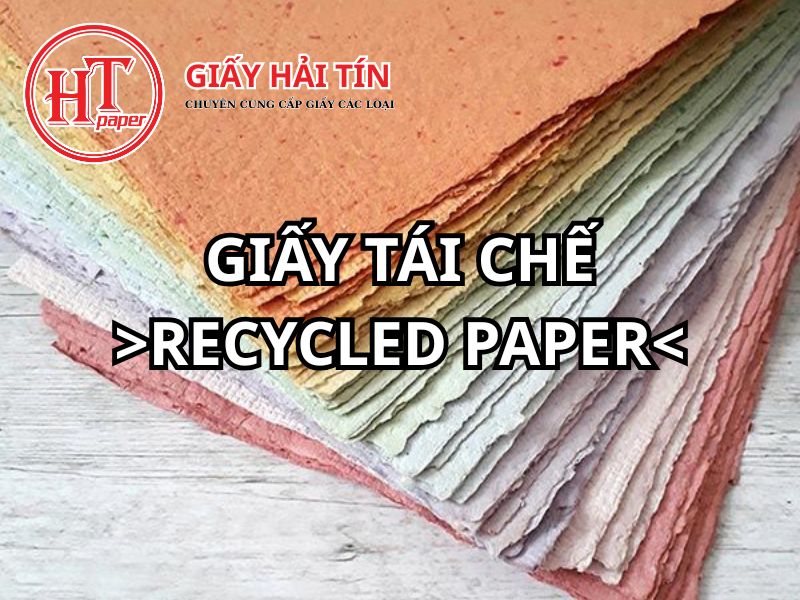Pattern Paper in the Garment Industry
Pattern paper is an essential part of the garment industry, helping to create high-quality fashion products. This article explores the concept, application, and benefits of pattern paper, as well as its production process.
1. Introduction
Pattern paper is indispensable in the garment industry. Where creativity meets technique, pattern paper is not just a tool but a bridge between design ideas and finished products. Each pattern is carefully created to ensure the final garment is not only beautiful but also accurate in size and structure.
a. Definition of Pattern Paper
Pattern paper is a design template made from paper material, representing the size, shape, and structure of different parts of a garment. It serves as a guide for cutting fabric, ensuring precision and consistency.
b. Role of Pattern Paper in the Garment Industry
Pattern paper plays several crucial roles:
It is fundamental to producing accurate and consistent garments.
It helps reduce fabric waste, increasing production efficiency.
It allows designers to test and adjust various elements before mass production.
2. Understanding Pattern Paper
Types of Pattern Paper:
Soft pattern paper: for prototype samples
Hard pattern paper: for final models and mass production
Digital pattern paper: designed and printed using CAD software
What is Pattern Paper?
It’s a template showing the exact shape and size of garment parts. It helps tailors cut fabric accurately and ensures the final product fits well and feels comfortable.
3. Application in the Fashion Industry
In Fashion Design
Designers use pattern paper to sketch and refine models before cutting fabric, making it easier to visualize and adjust designs.
In Garment Manufacturing
Pattern paper ensures uniform, precise cutting. Modern technology has enhanced this process through digital patterns and computer-assisted tools.
4. Benefits of Pattern Paper
Cost & Time Efficiency: Helps calculate exact fabric needs, reducing waste.
High Accuracy: Ensures garments meet size and shape standards, building trust with customers.
5. Pattern Paper Production Process
Key Steps:
From hand-drawn sketches to digital templates via CAD software, each step improves accuracy and saves time.
Modern Technology
Digital tools and printers streamline the process, reducing errors in cutting and sewing.
Comparison with Other Methods
Unlike sample paper or manual sketches, pattern paper is more precise and easier to modify. While CAD is growing in popularity, combining it with traditional pattern paper creates optimal results.
6. Conclusion
Pattern paper is a vital tool in the fashion industry, helping deliver consistent, high-quality products. With the support of modern technology, it continues to evolve and improve production efficiency.
-----------------------------------------------------
Hải Tín Paper- Chuyên cung cấp giấy sơ đồ ngành may mặc
Email: haitinco@gmail.com - kinhdoanh@haitinpaper.com
Hotline:
Tiếng Việt : 0798.909.808
CHINESE : 0938 808 998
ENGLISH : 0799.909.808
“Giấy mất bao lâu để phân hủy” không có một con số cố định — nó dao động tùy loại giấy, lớp phủ và môi trường (compost có oxy khác bãi chôn thiếu oxy). Bài viết này trình bày con số tham khảo, giải thích yếu tố ảnh hưởng, nêu riêng giấy thường dùng trong ngành may và cách xử lý/ tái sử dụng thực tế
Giấy khadi ấn độ là loại giấy thủ công truyền thống nổi bật của Ấn Độ, nổi tiếng với vẻ đẹp tự nhiên, độ bền cao và ý nghĩa văn hóa sâu sắc. Loại giấy này không chỉ dùng trong các hoạt động nghệ thuật mà còn gắn liền với lịch sử và tâm linh của đất nước này.





